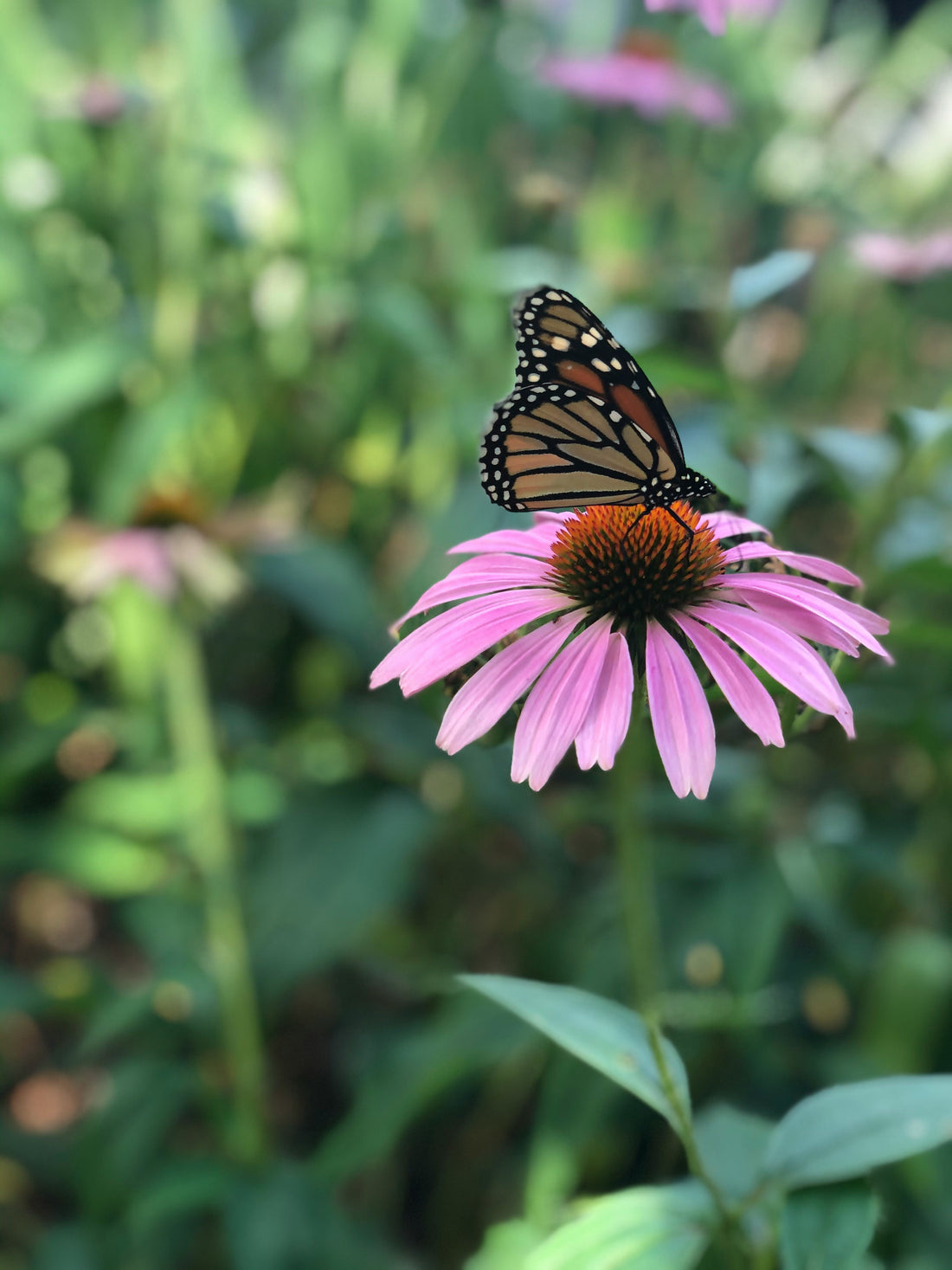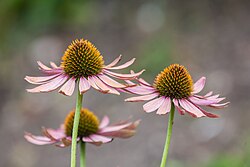
5 Native Plants from Ontario You Should Add to Your Garden This Spring
5 Native Plants from Ontario You Should Add to Your Garden This Spring
As spring blooms across Ontario, gardening enthusiasts eagerly anticipate the opportunity to breathe new life into their outdoor spaces. While exotic plants may hold allure, there's something truly special about incorporating native flora into your garden. Not only do native plants thrive in Ontario's climate, but they also play a crucial role in supporting local ecosystems and wildlife. So, why not celebrate the natural beauty of Ontario by introducing these five native plants to your garden this spring?
Wild Columbine (Aquilegia canadensis)

With its delicate, bell-shaped flowers in shades of red and yellow, the wild columbine adds a whimsical touch to any garden. This perennial plant thrives in partial shade and well-drained soil, making it an excellent choice for woodland gardens or rockeries. Not only does it attract hummingbirds with its nectar-rich blooms, but it also provides essential food sources for native bees.
Purple Coneflower (Echinacea purpurea)

Renowned for its medicinal properties and stunning beauty, the purple coneflower is a must-have for any Ontario garden. This drought-tolerant perennial boasts vibrant purple-pink flowers with distinctive raised centers. Beyond its aesthetic appeal, the purple coneflower attracts pollinators like butterflies and bees while also serving as a food source for birds during the winter months.
Black-eyed Susan (Rudbeckia hirta)
As a cheerful harbinger of summer, the black-eyed Susan adds a burst of sunshine to gardens across Ontario. Its golden-yellow petals with dark brown centers create a striking contrast against lush green foliage. This hardy perennial thrives in full sun and well-drained soil, making it ideal for borders, meadows, or wildflower gardens. Black-eyed Susans are also excellent cut flowers, bringing their radiant beauty indoors.
Common Milkweed (Asclepias syriaca)

As monarch butterflies begin their northward migration, providing essential host plants like common milkweed becomes increasingly important. This native perennial boasts clusters of fragrant pink flowers and serves as the sole food source for monarch caterpillars. Plant common milkweed in a sunny spot with well-drained soil and watch as it becomes a vital sanctuary for monarchs and other pollinators.
Wild Bergamot (Monarda fistulosa)
With its fragrant lavender-pink flowers and aromatic foliage, wild bergamot is a versatile addition to Ontario gardens. This perennial herb, also known as bee balm, thrives in full sun to partial shade and tolerates a wide range of soil conditions. Beyond its ornamental value, wild bergamot attracts pollinators like bees and butterflies while repelling deer and rabbits, making it a practical choice for wildlife-friendly gardens.
Incorporating native plants into your garden not only enhances its beauty but also contributes to the preservation of Ontario's natural heritage. By cultivating these native species, you're creating a welcoming habitat for local wildlife while reducing the need for water, pesticides, and fertilizers. So, this spring, why not let the beauty of Ontario's native flora inspire your gardening endeavors? Whether you're a seasoned gardener or a novice enthusiast, these five native plants are sure to elevate your outdoor space and connect you with the rich tapestry of Ontario's biodiversity.
All photos courtesy of Wikipedia.

